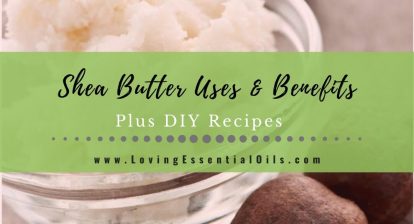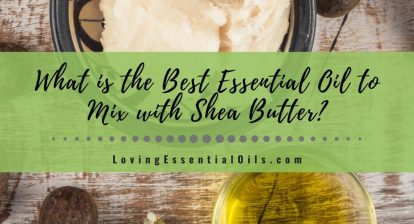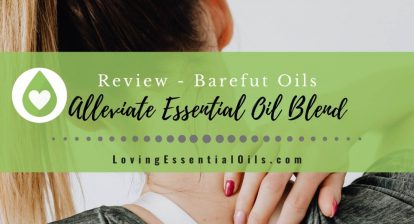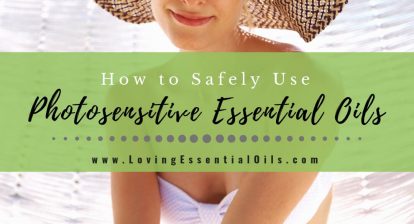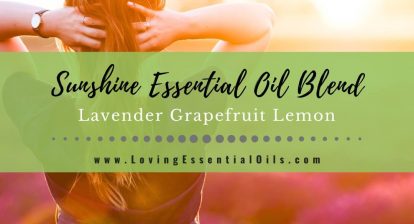Have a new essential oil or carrier oil to try? Before you apply it to a large area of your body, you may want to try an essential oil skin test first, also called a patch test. While it may sound complicated, it is actually very simple.
Good quality essential oils that are 100% pure and all natural are generally safe to use on skin but skin irritations, sensitivities, and allergies can still occur. Read more about the difference between fragrance oil and essential oil.
What is Aromatherapy?
Aromatherapy is the practice of using essential oil. Aromatherapy refers to the science or art of using essential oils. Essential oils can be used in many ways. The most popular are diffuse, topical, and for household purposes.
Using Essential Oils in Daily Routine
Are you interested in using essential oils to improve your health and wellbeing? If so, then you’re in luck! There are many different ways that essential oils can be used to improve your health.
Here are three popular ways to use essential oils. Find out which method is right for you and how to get started incorporating essential oils into your wellness routine.
1. Essential Oil Diffusion
This is one of the most efficient and effective ways to use essential oil diffusers. Diffusion allows essential oils to be inhaled through the air, allowing them to be absorbed immediately into your body.
2. Topical Application
This is another effective way to use essential oils. This works best when you want to target a particular area of your body. Find out more about where to apply essential oils.
Your skin will absorb essential oils and distribute them throughout your body when you apply them topically.
When applying essential oils topically, we recommend that you use a carrier oil. Our dilution chart will show you the dilution rate. If it is a new essential oil, we recommend you do a skin test before applying the oil to a large area of your body.
3. Household Purposes
Essential oils can be used for household purposes to help you take care of your home and family. You can use many essential oils around your home for all-natural cleaning.
You can use essential oils to repel pests and eliminate odors in your home too. Lemon essential oil is perfect for cleaning and air freshening.

Should I Do An Essential Oil Skin Test?
Testing an essential oil on a small area of skin is known as a skin patch test. Doing a skin test is much easier than using a new product on you skin and having to deal with a major breakout.
If you are allergic to a certain plant, you may be allergic to that botanical’s essential oil. Same goes with carrier oils, if you are allergic to almonds, you may be allergic to sweet almond oil.
A skin patch test can be a good way to see how your skin will react.
Is a skin patch test requirement before using essential oils?
No, it isn’t. Doing it is a personal choice and one you have to decide for yourself. I think it is an important step for people with sensitive skin or someone with known allergies and sensitivities.
I have not had any problems using diluted essential oils on my skin and I do not have any allergies, so I do not worry about patch testing for myself.
My son on the other hand, has psoriasis and his skin is sensitive. We have to be very cautious about what he puts on because he can get major skin rashes so I do test his skin.
I also dilute essential oils to 1% (1 drop of essential oil in 1 teaspoon of carrier oil) before I apply them to his skin.
How Do I Diluting Essential Oils for Topical Use
When using essential oils topically, the best way to avoid any skin irritations and undesirable effects is to always dilute prior to applying to skin.
There are many more benefits of using carrier oils with essential oils, you can read more here.
Diluting with a carrier oil also makes application easier without lessening the effects of the oil. For healthy teens and adults 2% dilution is a good starting point. For everyone else, it is best to start at 1% and see how you respond.
What does 2% look like? 12 drops of essential oil in 1 oz of carrier oil. Check out this chart to help you determine how many drops are needed for the difference amounts of carrier oils.

Another thing to do is to use the smallest amount of drops necessary to obtain the desired benefit. No reason to use more oils than you need, it is wasteful to the environment as well as you pocket book.
How to Perform a Skin Patch Test
Do you love the smell of essential oils but are not sure how to use them or maybe you’re worried that you might have a reaction to one of them. Well, today we’re going to show you how to do an essential oil skin test so that you can safely enjoy their benefits!
Step 1: Place a couple drops of diluted essential oil on your inner elbow. You can mix one teaspoon of jojoba oil with 1-2 drops of essential oil.

Step 2: Cover area with a bandage or gauze. Do not get this area wet during the test.

Step 3: If you feel any skin irritation or if any reaction occurs, remove the bandage and wash the area with soap and water. If no irritation occurs after 24 hours, the diluted essential oil should be safe for you to use on your skin.
*Please note that even with a negative test, it is not a guarantee that skin irritation, sensitization, or allergy to the oil will not develop in the future.
General Essential Oil Precautions
To obtain the greatest benefits, ensure your oil is high quality and 100% pure essential oil without fillers or toxins added. Never mistake perfume oils or fragrance oils as essential oils.
Never use essential oils undiluted, in eyes or mucous membranes. Do not take internally unless working with a qualified practitioner. Keep out of reach from children.
Use essential oils with extreme caution on children, be sure you have researched the oil and that it is safe for use on kids. Plant Therapy clearly labels their oils “KidSafe” on the bottle if the oil can be used for children ages 2–10).
If applying an essential oil topically (on your skin), you may perform a small patch test to an insensitive part of the body, use 1-2 drops in a teaspoon of carrier oil like jojoba oil, read more here.
If you are pregnant, breastfeeding, epileptic, or under a doctor’s care, consult your physician. For more information on oil safety issues here.
Newbie to Oils? Read More: Essential Oils for Beginners
How to Tell If Your Essential Oils Have Gone Bad
Essential oils that have expired have a higher chance of causing skin irritations when used topically, including a skin patch test. You could fail an essential oil skin test if you are using an essential oil that has turned.
Here’s how to tell if your essential oil has gone bad:
Signs That Your Essential Oils Have Gone Bad
Essential oils are made up of volatile compounds, which means they evaporate quickly. This also means that they degrade over time and lose their potency. So, how can you tell if your essential oils have degraded?
Here are some signs to look for:
- The scent has changed. If your essential oil doesn’t smell the same as it did when you first opened it, it’s probably gone bad.
- The color has changed. If the color of your essential oil is darker than it was when you first opened it, this is another sign that it has degraded.
- It’s thick or sticky. If your essential oil has become thick or sticky, this is a sure sign that it has gone bad.
- It’s clumpy. If your essential oil has become clumpy, this is another sign that it isn’t fresh anymore.
Essential oils can be amazing natural remedies for a variety of ailments, but they don’t last forever. In fact, essential oils can go bad relatively quickly if they’re not stored properly.
Share on Pinterest



